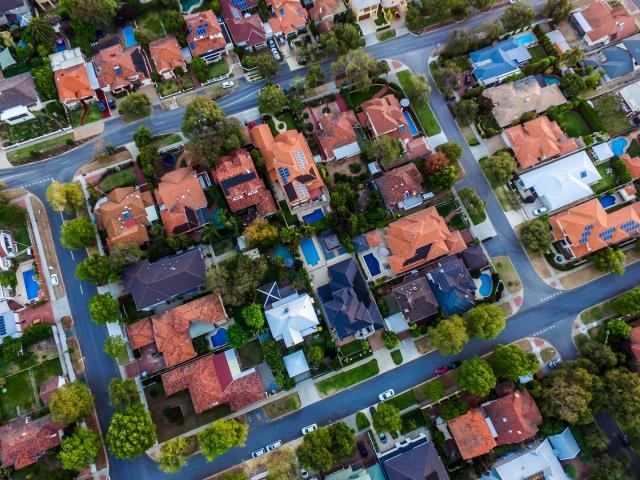South East new land sales have bounced back from the end of 2023, surging 37 per cent higher as buyer demand picked up due to improved market sentiment.
RPM’s latest Q1 2024 Victorian Greenfield Market Report also revealed the South East experienced the highest annual price growth among greenfield corridors, with an increase of six per cent since quarter one 2023.
Despite being up another 2.9 per cent after this year’s first quarter, the price per square metre rate actually fell as size outpaced price increases with median lots reaching 392sqm and prices $450,000.
The Report showed gross lot sales increased by 37 per cent in the South East, reaching 518 lot sales and accounting for 25 per cent of total sales across the corridors (up three per cent from Q4 2023).
Cardinia and Casey experienced notable lot sale increases, with Cardinia showing a larger proportional shift and Casey seeing a larger absolute increase.
The quarter saw lots spend longer on the market, with the average time increasing to 170 days – the longest duration ever recorded.
RPM National Managing Director Project Marketing Luke Kelly said while it was positive to see the price per square metre fall, the region remained the most expensive of all the growth corridors.
“This will continue to impact sales until interest rates come down and borrowing capacity increases,” Mr Kelly said.
“Sales while up are low by historical standards with many buyers waiting to see conditions improve before deciding to jump in. An indication of this trend can be seen in the days on market figure, which was at 170 days, a record for the region.
“However, the South East remains a very attractive region for buyers thanks to the extensive infrastructure and amenity on offer. Despite its high price relative to the other corridors, it still snared one in four sales.”
The Q1 2024 Victorian Greenfield Market Report recorded 2,037 sales for the March quarter, with sales seven per cent higher for the 12 months to March – the first annual increase across four quarters since the fourth quarter of 2021.
Mr Kelly said despite considerable challenges in the market, there were a number of positive takeaways from the quarter.
He said some of the heat had come out of inflation, although CPI increases remained sticky.
“The Federal Government flagged in the recent Budget that it would be reducing migration and that should help to reduce inflation,” Mr Kelly said.
“Having said that, the Reserve Bank of Australia may not cut interest rates this year despite cost-of- living measures in the Budget such as the $300 per household energy rebate.
“Inflation remains a big problem for buyers as it continues to erode household finances, which may offset the benefits of stage 3 tax cuts and could result in borrowing capacity for low-to-middle income households reducing by five per cent.
“We’re seeing that impact particularly with first-home buyers who are disproportionately affected by elevated interest rates.
“On a positive note, interest rates are expected to remain stable this year and not move higher.”
Mr Kelly said pent up demand was only expected to increase due to strong forecast population growth in Victoria, which was being aided by interstate migration to Melbourne partly due to higher property prices in other capital cities such as Brisbane and Sydney.
“We know that the number of buyers is well below the long-term average while the population is growing,” he said.
“The low number of sales indicates there are plenty of buyers waiting on the sidelines for those cost-of-living pressures to ease and their borrowing capacity to go up so they can then enter the market.
“The new home market is key if the State Government is going to reach its goal of 80,000 new homes each year over the next decade.
“The Victorian Government’s 2024/25 Budget put aside $700 million for the Victorian Homebuyer Fund capped at $950,000 in metropolitan Melbourne and $700,000 in regional Victoria, which importantly fits cost wise with most new house-and-land packages on the market.”







